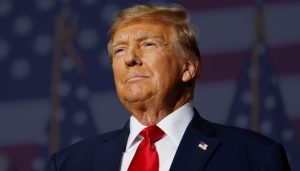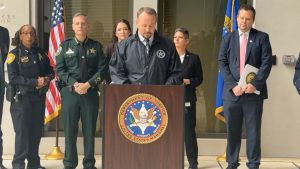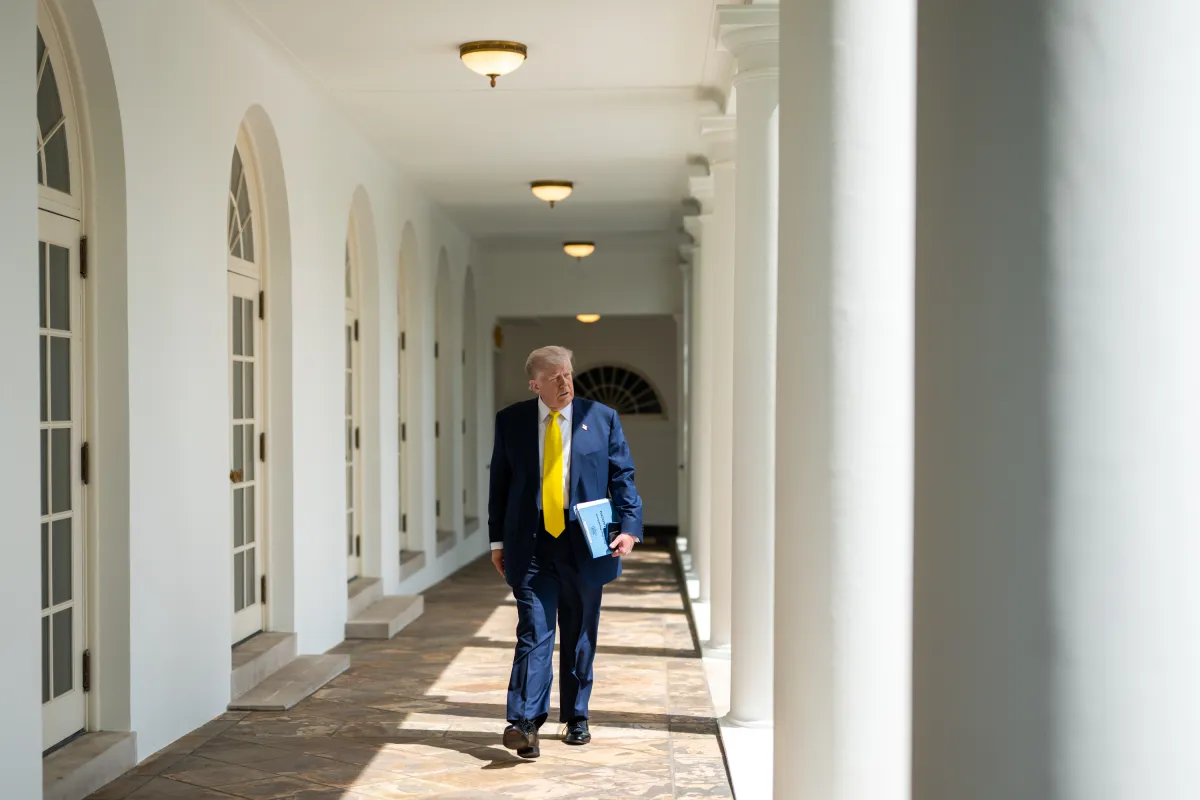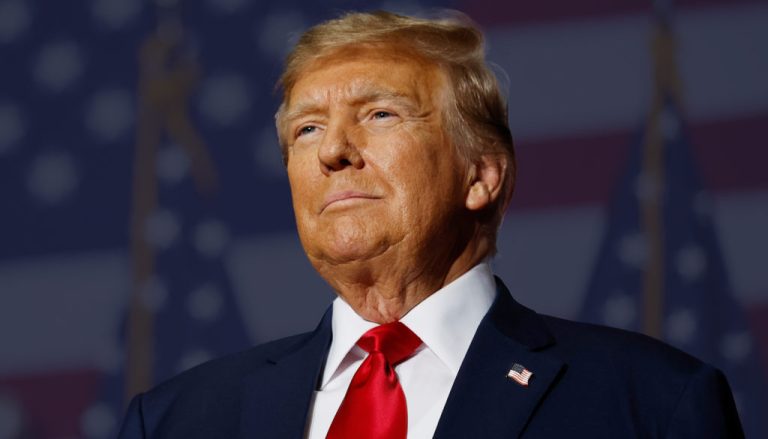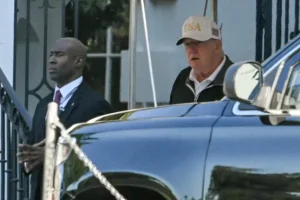For more than a week, the American public was gripped by a wave of speculation surrounding President Donald Trump, whose sudden absence from the spotlight sparked a frenzy of online rumors. While the 79-year-old president is no stranger to media attention, his silence in the days leading up to September 2 fueled some of the most bizarre—and at times alarming—theories of his presidency.
The episode began when Trump skipped his usual rounds of media appearances, leaving critics and supporters alike puzzled. Social media platforms amplified the absence into a trending spectacle, with hashtags like “Where is Donald Trump” and “TRUMPISDEAD” dominating online conversations. Google searches spiked with morbid curiosity, as the phrase “Is Trump dead” briefly ranked among the most searched queries in the United States.
Against this backdrop, the White House confirmed that Trump would be addressing the nation from the Oval Office. The announcement only deepened intrigue, as early reports suggested the president would deliver his remarks alone. That choice—unusual in itself—ignited new waves of speculation about his health and the possibility of an unprecedented resignation.
In the hours leading up to the event, cable networks, pundits, and commentators speculated wildly about what the president might say. Was it a medical disclosure? A decision to step aside? Or perhaps a seismic policy announcement with global consequences? The absence of clarity created a vacuum, and in the modern media age, such voids rarely stay empty for long.
Behind the scenes, however, administration officials quietly steered expectations. By late Tuesday morning, aides confirmed to Politico and other outlets that the announcement would focus on defense rather than any personal revelation about the president’s health. White House Press Secretary Karoline Leavitt attempted to calm the storm of rumors by emphasizing that Trump’s remarks would involve “an exciting announcement related to the Department of Defense.”
This disclosure deflated some of the more extreme theories but did not entirely extinguish the curiosity. After all, Trump himself had hinted the previous week at a provocative idea: renaming the Department of Defense as the Department of War. During a meeting with South Korean President Lee Jae Myung on August 25, he had floated the notion with reporters, suggesting that the post-World War II title of “Defense” sounded “too defensive.”
“We want defense, but we want offense, too,” Trump said at the time, framing the potential name change as both symbolic and substantive. He argued that the reversion to “Department of War” would reflect the proactive posture he believes the United States must adopt in a volatile global landscape.
When pressed on whether such a change required congressional approval, Trump brushed aside concerns with characteristic bluntness. “We’re just going to do it,” he declared. “I’m sure Congress will go along if we need that. I don’t think we even need that.”
This bold stance fed into the drama of his pending Oval Office remarks. Supporters saw it as a return to Trump’s brand of direct, unapologetic leadership, while detractors viewed it as another attempt to bypass institutional norms.
By the time Trump finally took the podium, the stage had been set for a moment that was less about the content of his announcement and more about the spectacle of the lead-up. The swirl of rumors—about his health, about his political future, about a possible resignation—underscored the unique relationship Trump has with both the media ecosystem and the American public. His ability to command attention, even in silence, proved once again to be one of his defining traits.
In the end, the Oval Office announcement did not deliver the shocking twist that many online had convinced themselves was inevitable. Instead, it reinforced Trump’s ongoing interest in reshaping the language and identity of American defense policy. Still, the episode left behind a revealing portrait of the nation’s anxieties and expectations.
What began as a week of absence evolved into a case study of the information vacuum in modern politics. Without official statements, speculation took root, amplified by digital platforms that thrive on extremes. The result was a nation momentarily caught between panic and anticipation, waiting for answers that were, ultimately, far less dramatic than the buildup suggested.
Trump’s ability to generate such suspense—whether intentionally or not—remains unmatched. And as he continues to navigate both domestic politics and international challenges, the September 2 episode serves as a reminder of how much weight, uncertainty, and spectacle still accompany every move of the nation’s 79-year-old president.
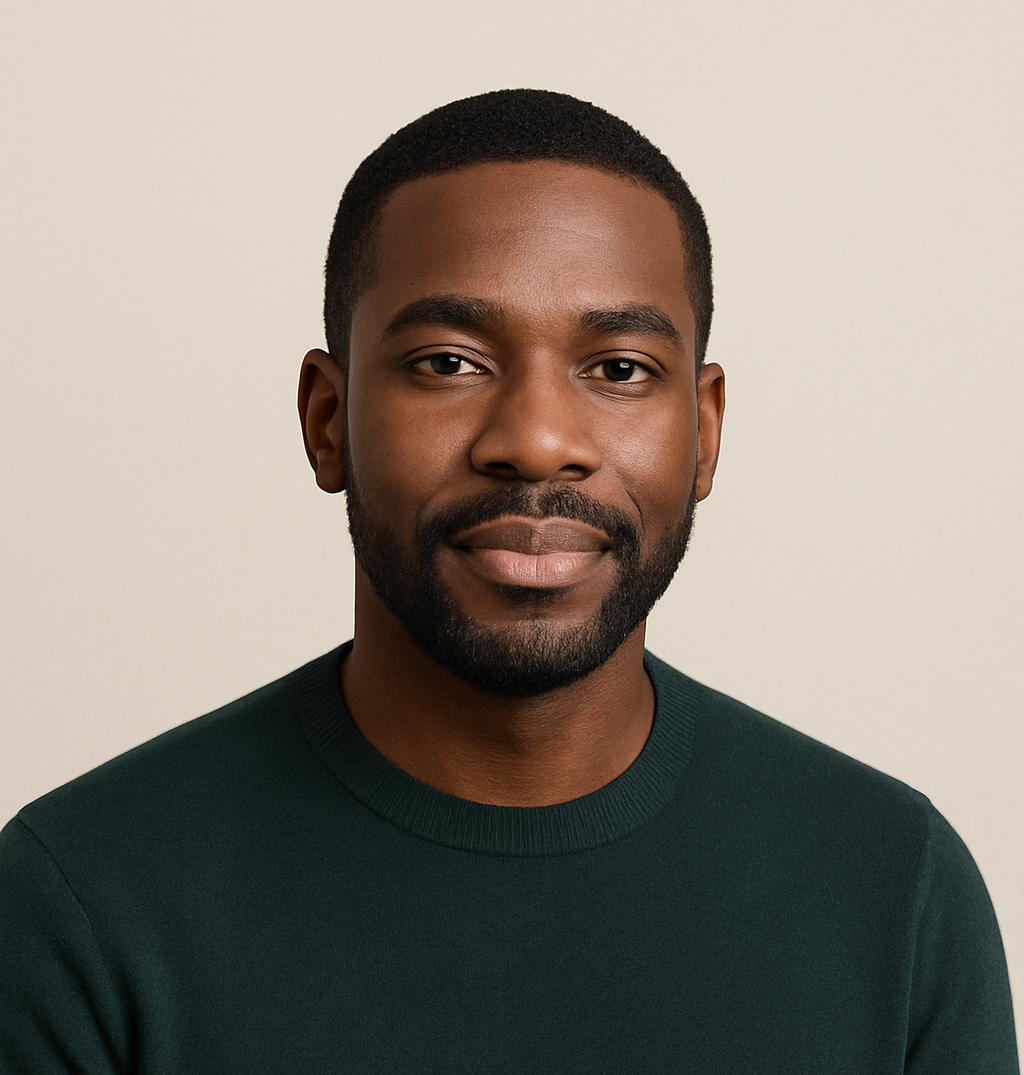
James Jenkins is a celebrated Pulitzer Prize-winning author whose work has reshaped the way readers think about social justice and human rights in America. Raised in Atlanta, Georgia, James grew up in a community that instilled in him both resilience and a strong sense of responsibility toward others. After studying political science and creative writing at Howard University, he worked as a journalist covering civil rights issues before dedicating himself fully to fiction. His novels are known for their sharp, empathetic portraits of marginalized communities and for weaving personal stories with broader political realities. Jenkins’s breakout novel, Shadows of Freedom, won national acclaim for its unflinching look at systemic inequality, while his more recent works explore themes of identity, resilience, and the fight for dignity in the face of oppression. Beyond his novels, James is an active public speaker, lecturing at universities and participating in nonprofit initiatives that support literacy and community empowerment. He believes that storytelling is a way to preserve history and inspire change. When not writing, James enjoys jazz music, mentoring young writers, and traveling with his family to explore cultures and stories around the world.


